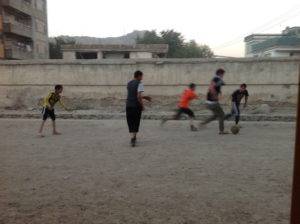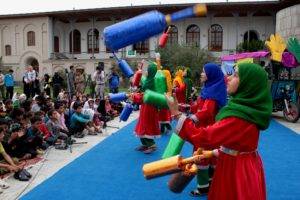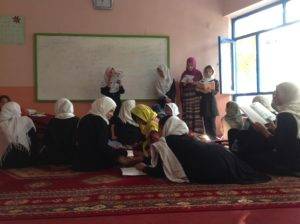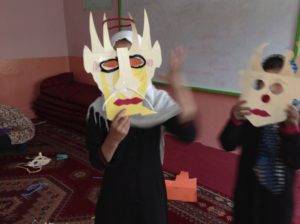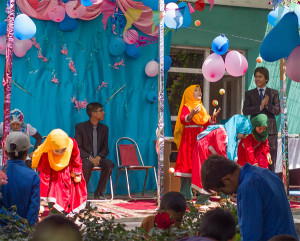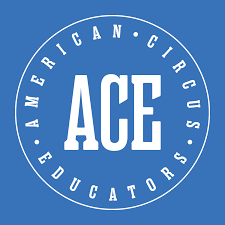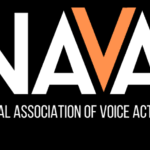Since I visited this incredible program in 2013, they were forced to shut down and seek safety when the Taliban again grew powerful and violent in the Autumn of 2022. Now, once again (as of January 2023), they have 27 teams in 11 provinces, serving children of all ages and genders, with a social circus program that also provides food and other instruction. You can learn more about them on their Facebook page (they post most often on Facebook). Support by sharing or donating if you can.
—
I am walking down the dirt road, my headscarf up over my nose to keep from breathing in quite so much dust and smog, averting my eyes and trajectory from any men, and looking for the cement stanchions on the righthand side that mark, for me, where I turn left. So many of the courtyard and protection walls look similar, I am still nervous about making a mistake, even though I have taken this route for over a week. My left turn takes me down another dirt road, past the home of somebody important, to the middle of the next block. I come to my destination — the building’s white facade painted in bright colors with images of children juggling, standing on each others’ shoulders, and smiling. This is the compound of the Children’s Circus of Afghanistan.
Because I think my work with the girls there was colored so heavily by the context of what is happening in Afghanistan, I want to paint a more detailed picture of what life is like there, especially for girls. As many of you know, Afghanistan has been torn by war since the 1970s, with the Taliban “occupation” setting new standards for oppression and cruelty in this part of the world. When I was in Kabul eleven years ago, it was illegal to listen to music, wear bright colors, or watch television or movies. It was illegal for girls to go to school, and for children to fly kites or play outside.
Of course, in true Afghan spirit, people did these things anyway, fighting the darkness with secret arts and education. How telling that these two phenomena, arts and education, are perceived as the most threatening things people could do!! And yet, this is what we Teaching Artists know, that arts and education are tools of immense power to instigate thinking, compassion, and action.
The dynamic and delightful blend of arts and education is the backbone of the Mobile Mini Children’s Circus/Afghan Educational Children’s Circus, and is what took me down those dirt roads this past October.
Although I spent half my time volunteering with the Afghan Friends Network, each day also held time with the wonderful children at the Circus school. Some days I was with them as they went to perform, some days I was the teacher for the full morning, and some days I hung out with them in their math or science or English or Dari class before being their Teaching Artist for the following hour and a half to two hours.
It’s hard for people in the U.S. to really understand what girls “taking up space” means, how important that is in and of itself, never mind the actual defiant act of girls studying anything outside of the Koran. Girls performing, having a voice, being seen as strong and bold in public and across Afghanistan deeply affects everyone — the viewers, the families of the performers, the boys in the Circus, the girls themselves.
There are so many street children here, and their situation is truly bleak. Many of the children at the circus would be walking that road without this incredible organization — which feeds them, by the way. Moreover, too often, street children and orphans do not have the opportunity to develop the social skills needed to thrive and become the agents of change they wish to be. I was asked to help develop the girls’ sense of theatricality: what is character? what is a scene? how does comedy and comic timing work? what are forms of local narrative?
So there I am, only enough Dari to say hello, in a room full of children who typically all talk at once to each other throughout their academic classes (all learning and working, by the way), tasked with teaching in hopes of sparking their understanding of and interest in various theatrical concepts. Daunting. Exciting. Chaotically beautiful. Each day I would come, not knowing if the schedule would bear any resemblance to what we had talked about the previous day, having a lesson plan of something fun, student-driven, and geared toward skill-discovery and exploration. I always came early so I could hang out with them in their other classes or as they prepared to perform, and participated in warm-ups, being extra goofy or rigorous or reflective as it felt right to do.
Some days I had some translation help from the “circus father” Hamid, sometimes my friend Eva of the Afghan Friends Network (who is not fluent but had waaaaay more Dari than I did) would help and participate, sometimes I and the girls struggled through with bits of Dari they taught me, bits of English they knew, and a great deal of gesture and pantomime. One day we played with masks and discovered characters, gestures, and walks, then let them create little scenelets. The next day we played with objects, creating scenes around them then using them to become other objects (including a hilarious one where a woman trying to smack a fly with a swatter pops another character’s heart). Another day we built on the “this object is really something else” and grew scenelets with those, focusing on humor and poignancy. We found it was easier and more fun for them with the masks, and that the “conceal/reveal” nature of the masks made entrance and exit buttons more apparent.
Slowly, bit by bit, we negotiated what was important, what was fun, when it was time for a break, when we wanted to work beyond the normal parameters. They came to trust my intent and instinct and would reach more passionately across the divide of language as well as that of theatrical understanding. They worried less and played more. On our last two of my ten days, they created a new piece based on a favorite folktale, using each other as the trees and house, discovering largess and timing and so much more, and even though it was fairly raw, it was enchanting and Hamid planned on developing it to be included in the touring show, the first piece of its kind, the first story told. For our final day, I wanted to plan an activity that was loose and individual as well as cooperative, so they made their own masks.
I was told I should extend my stay, which I logistically could not do, so instead we have made plans for my return, which includes grant hunting and Dari-learning. I can only believe that somehow the pieces will come together, and I will again be in a deliciously crazy situation with brilliant, brave girls who will be the first in many years to tell a story, be loud and large and take up space in front of everyone. In the grey-brown streets and hills of Kabul, my heart will be bright and full of joy and gratitude.
